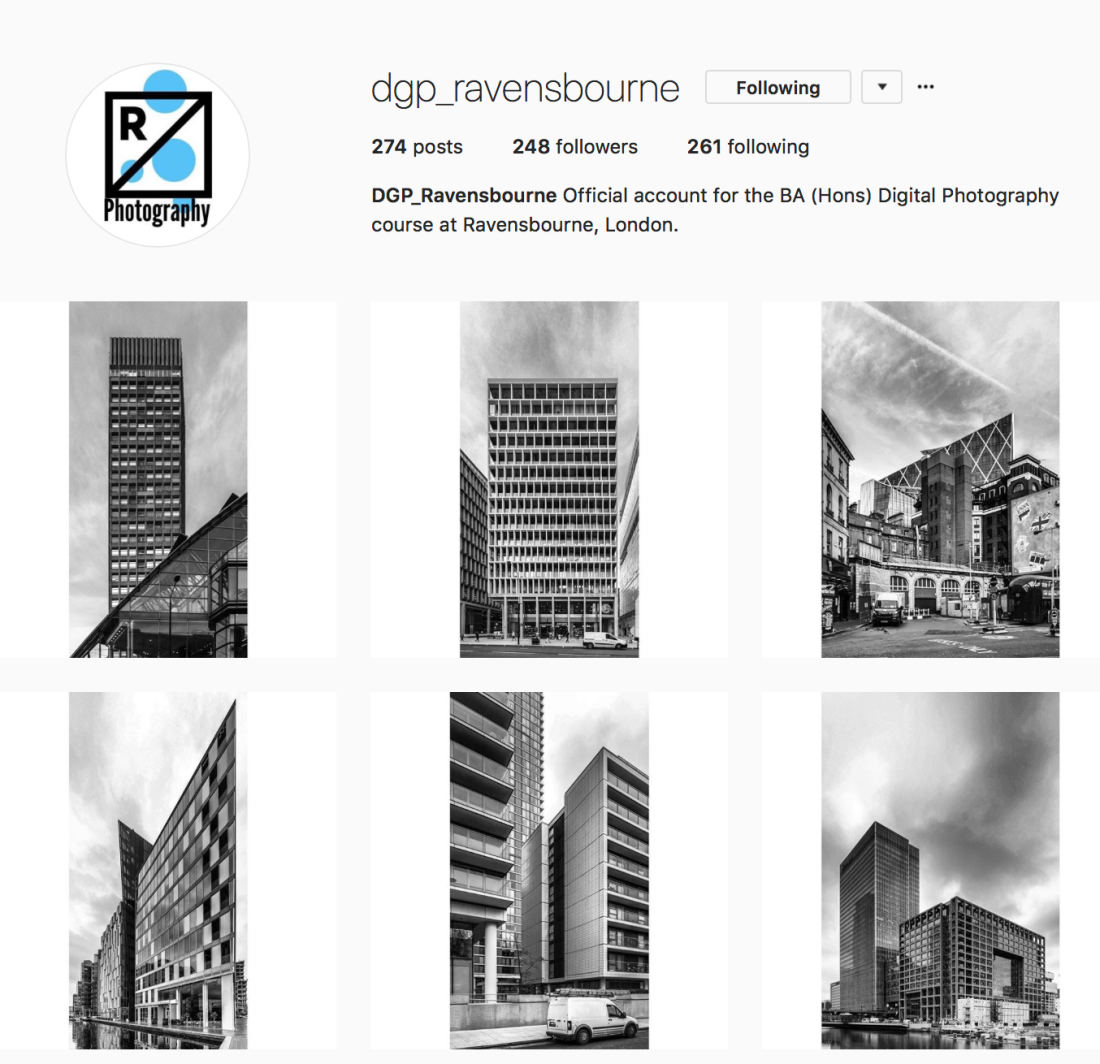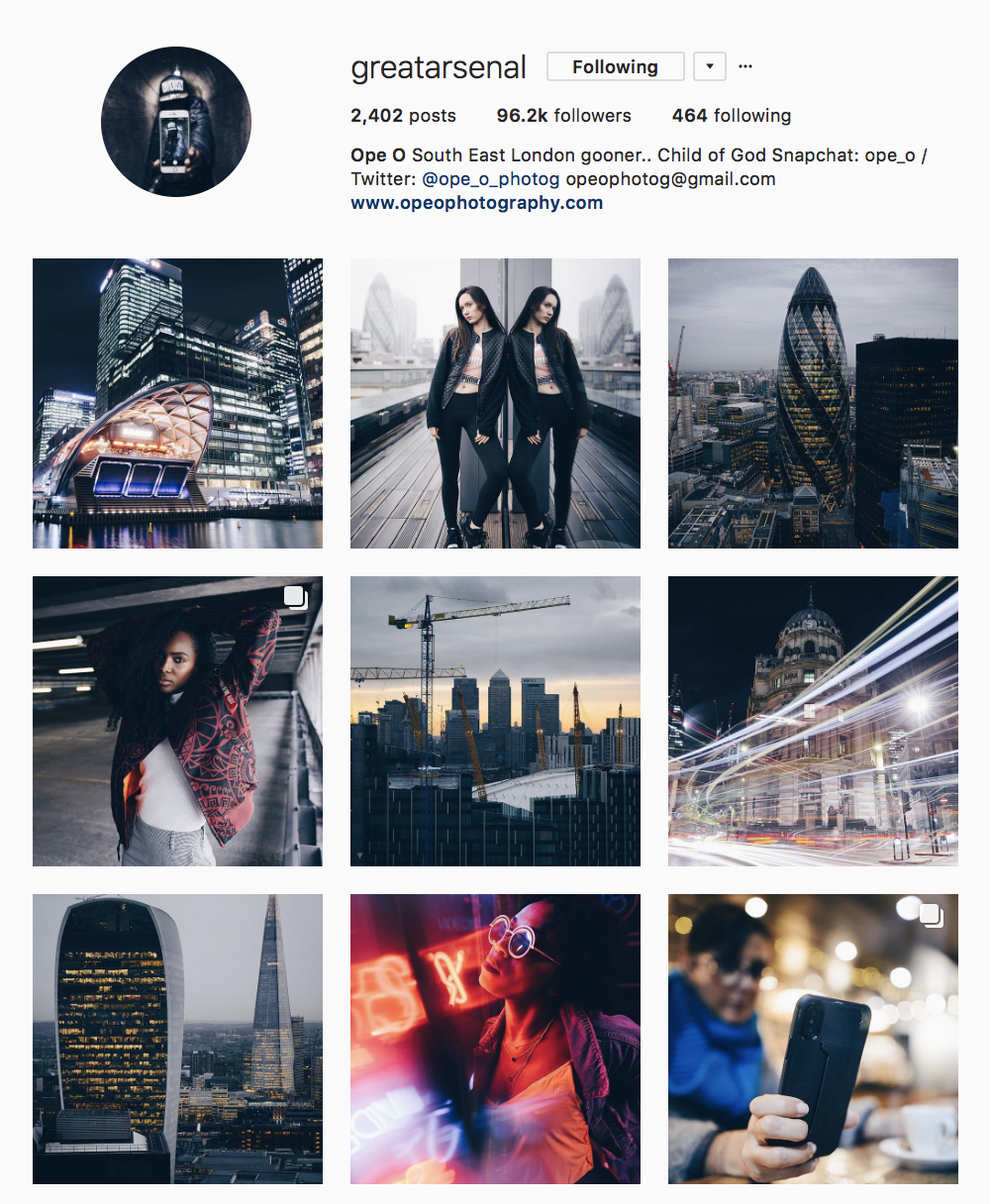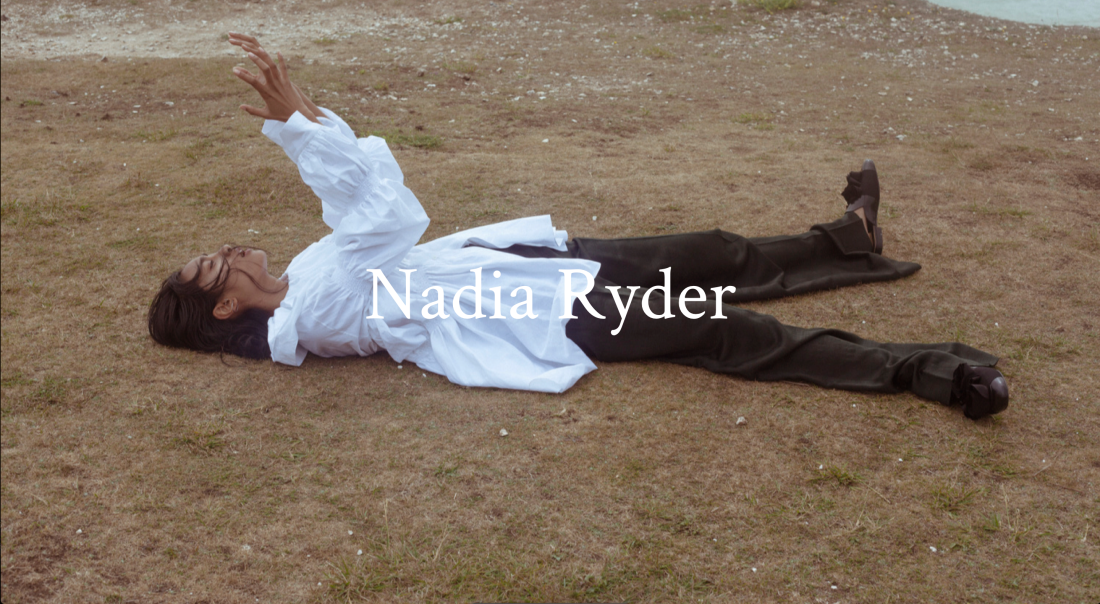Managing Expectations
At this stage of the project, as decisions are made in terms of the production of the book, it is worth looking at managing expectations.
I have been talking about producing a big, 150/200 page book, with a high-quality form of binding. This will be entirely dependent, though, on what the bookbinders and printers will be able to produce. It could be that the printers work in blocks of eight, and I only come back from a week of shooting with perhaps 20 or 30 images that work in sequence, so I will have to work with a smaller book format anyway. Page numbers will increase dependent on acknowledgments and other written elements, too.
Again there is the element of cost. I may be able to use lay-flat binding but will have to settle with a slightly lesser method of stitching, or use a thinner paper stock.
In a worst-case scenario, it may come to a point where I create two smaller books with two smaller, less ambitious projects which can be shown together. The projects could even be combined into the same book.
All of these things will have to come into consideration, however, these will be decisions worth making once I have shot and began to edit down the work. These initial conversations, though, will be had when I discuss printing with TOD.

































